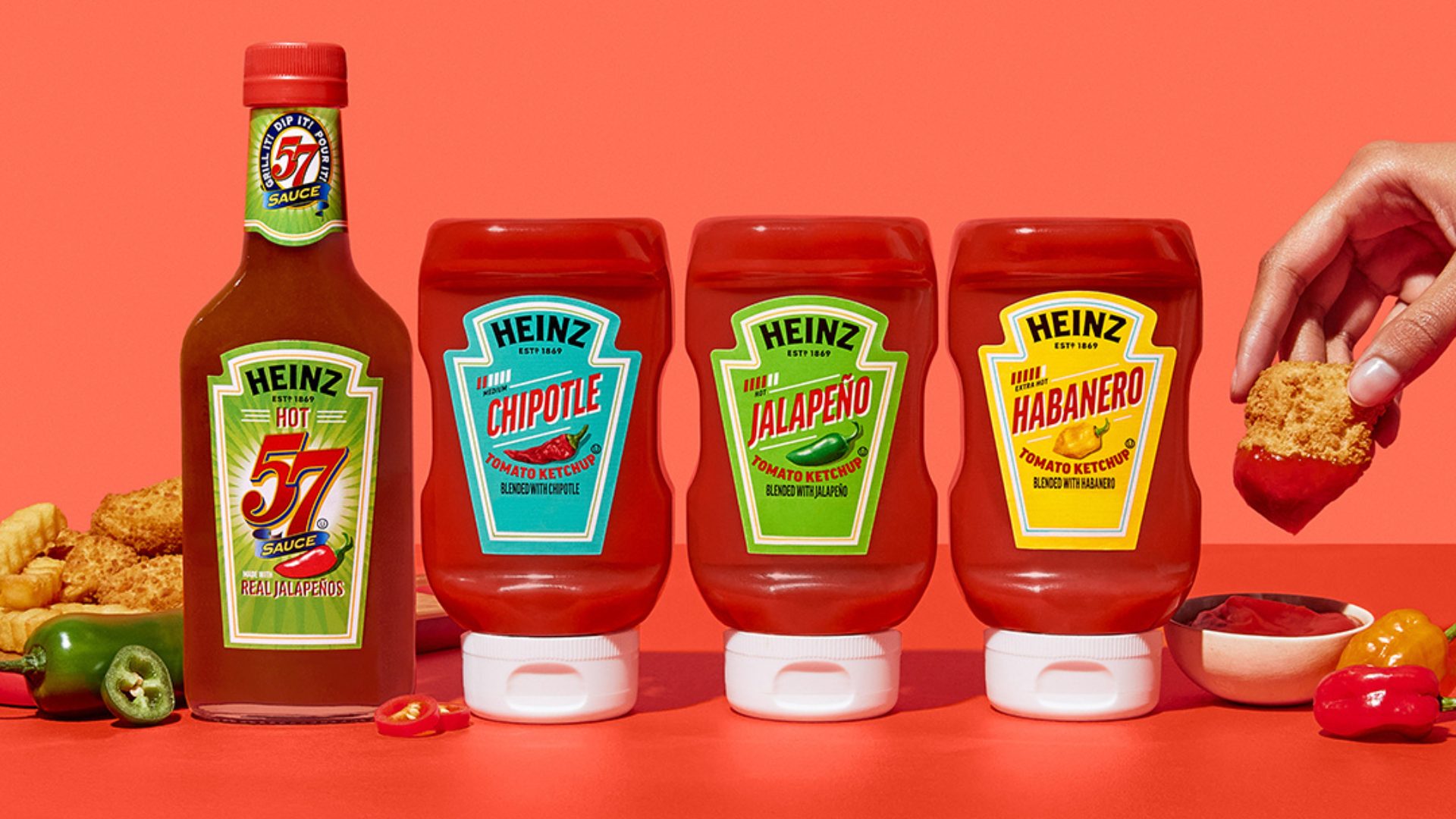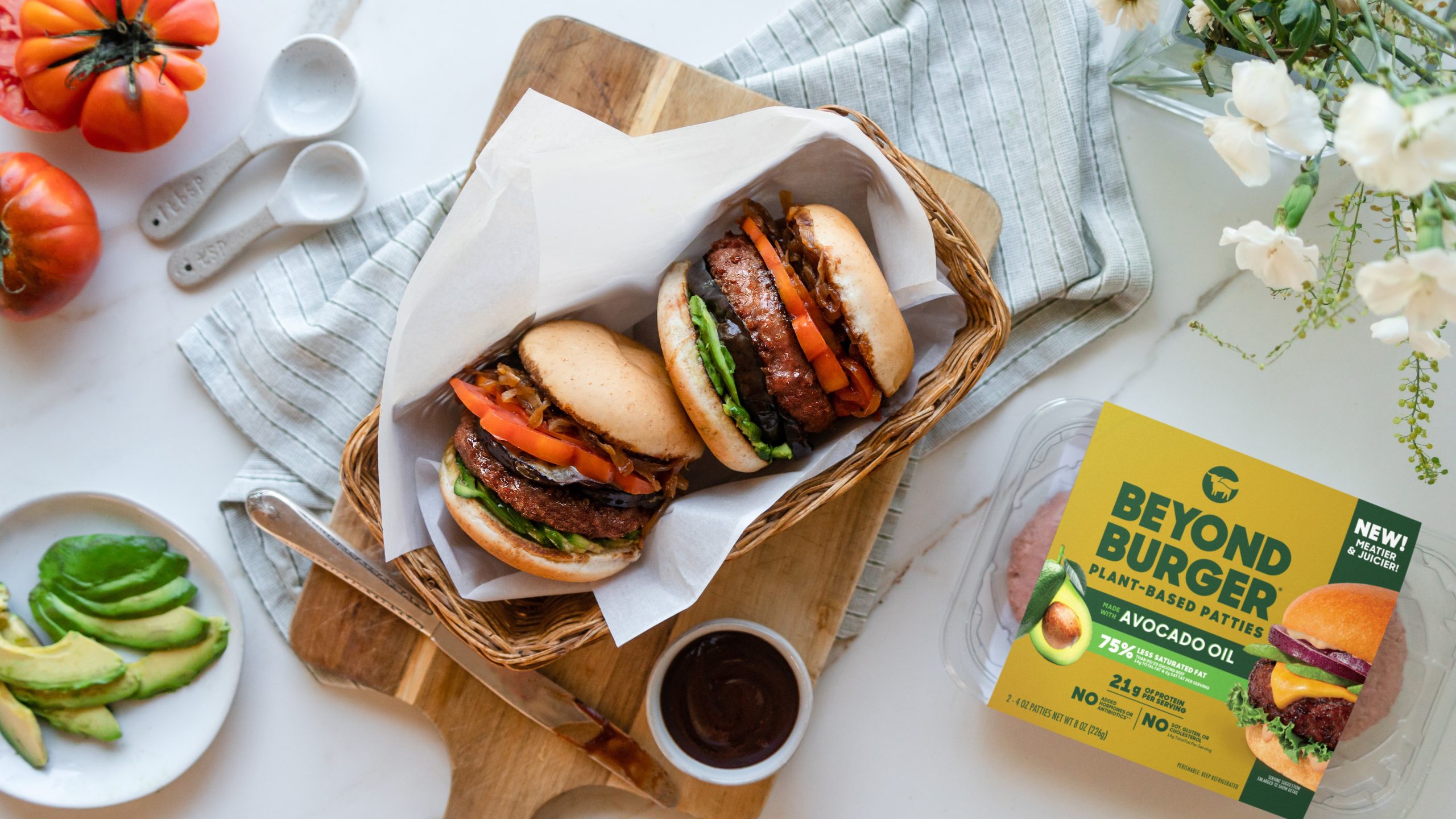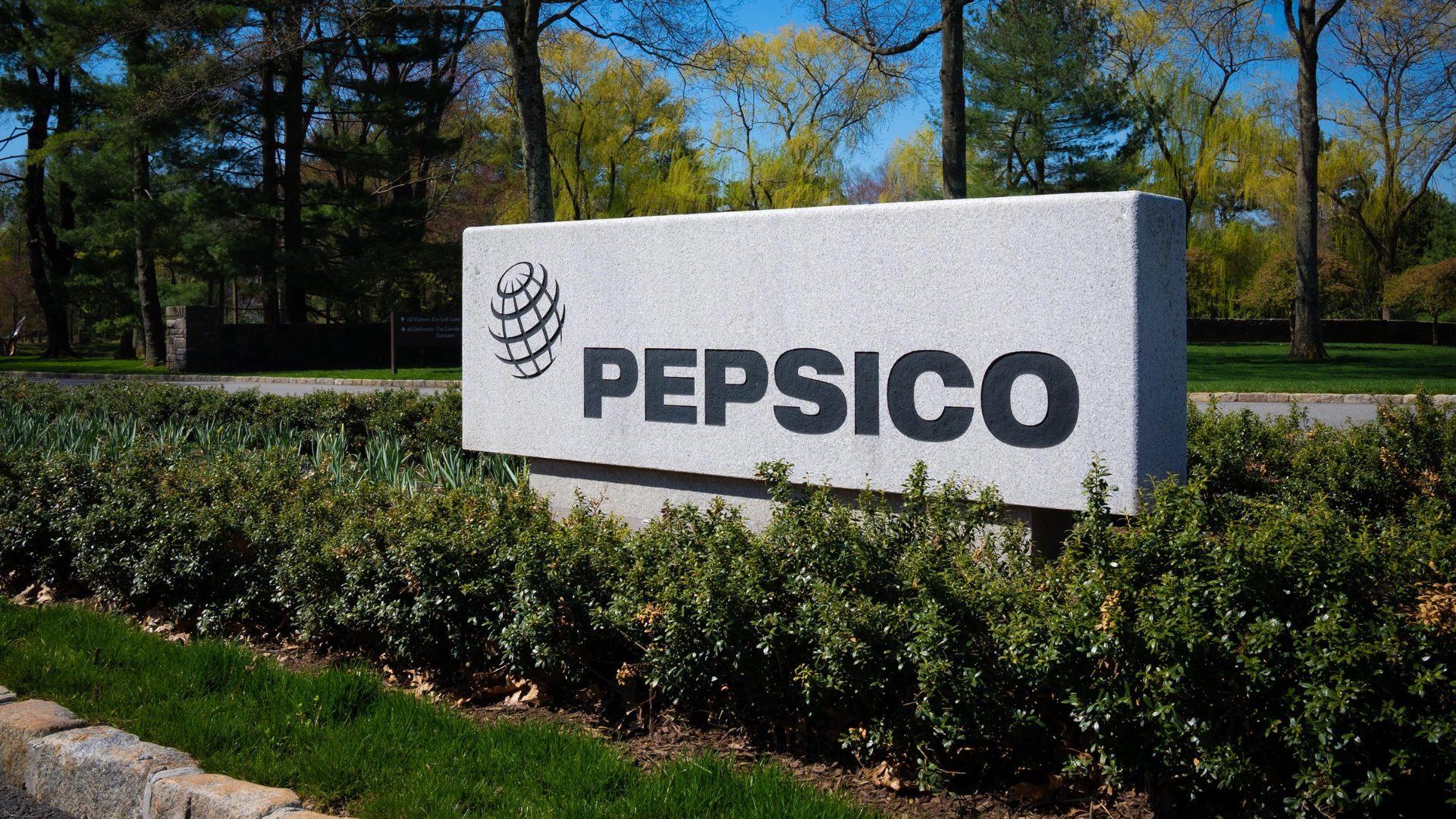On Tuesday morning, Kraft Heinz disclosed the results of a strategic review announced back in May. Investors were not impressed: Kraft Heinz stock closed the day down 7%.
To be honest, it’s difficult to see why the stock sold off. The news from Kraft Heinz was unsurprising: the company is splitting into two. Speculation around that outcome had swirled for some time, particularly after the surprisingly successful breakup of Kellogg in 2023, which led to a pair of acquisitions and roughly 100% return for shareholders. Recent reports from major financial outlets suggested a split was all but a certainty.
In other words, the split was not a surprise. That in turn suggests that the market is not disappointed in the fact that Kraft Heinz is splitting into two; rather, it is disappointed in how the company is splitting into two. On a call with analysts, Kraft Heinz executive chairman Miguel Patricio may have inadvertently highlighted the source of that disappointment in telling listeners that “the split is not between a good company and a bad company”.
But that’s the split that some investors no doubt did expect. The point of these breakups often is to highlight underappreciated value. That can be done by allowing the better part of a company to stand alone and post improved growth, profit margins and/or return on invested capital. It can also be done by splitting off the weaker part of the business, and removing that drag from financial results.
Recipe for Growth, or Just More Leftovers?
Indeed, the original plan for the Kellogg breakup incorporated both of these strategies. Kellogg aimed to split off both its low-growth cereal business and its MorningStar Farms plant-based business. A quick plunge in investor sentiment toward plant-based stocks ended the latter part of the plan, but the division still worked. A slimmer, faster-growing Kellogg (renamed Kellanova) was quickly acquired by Mars, and the cereal business (W.W. Kellogg) was purchased by Ferrero.
That kind of strategy is not unusual in the broader consumer space. Pharmaceutical giants Johnson & Johnson and GSK both spun their consumer health businesses, in part because of growth concerns.
In 2019, Gap Inc. announced a plan to split off Old Navy, which at the time was seriously outperforming its namesake brand as well as Banana Republic, both of which suffered from exposure to declining traffic to indoor shopping malls. (That plan was called off the following year, essentially because there weren’t enough profits to run two separate companies.)
More recently, executives at casino giant Caesars Entertainment have publicly mooted spinning the company’s online operations, which they feel are not receiving proper valuation from the market within the larger Caesars empire.
It does appear that at least some investors expected this kind of financial engineering: a transaction not necessarily designed to make the individual businesses intrinsically better, but rather to make them more attractive to investors and, in this environment, potential acquirers. Indeed, we noted in July that was a likely outcome here.
Putting the best brands – Heinz, Philadelphia, Kraft macaroni and cheese, and Lunchables – and the best platforms – sauces, easy meals, and snacking — in one company could prove the resilience and strength of those brands. Lower- or negative-growth brands and categories could ideally go into a separate business, along with a good deal of debt that could improve the balance sheet of the stronger company. Investors would pay up for the faster-growing, less-leveraged, higher-quality business, while the weaker company harvested as much cash flow as possible, perhaps with a strong dividend. That essentially was the Kellogg model.
That’s not quite what is happening here. The split is based more on the parameters of the portfolio rather than the potential demand from investors. One company is tentatively known as “Global Taste Elevation”; the other “North American Grocery”. (Both names will be changed before the transaction.) GTE certainly is the better of the two: its revenue in 2024 would have been over $15 billion, against $10.4 billion for Grocery. Its profit margins are higher; its growth outlook is stronger.
Two Companies, One Set of Problems
Patricio is right about one thing: this is not a straight split between better brands and weaker ones. Lunchables is staying with North American Grocery. So are the frozen brands, along with nearly all of Kraft Heinz’s refrigerated brands. (Oddly, Kraft Singles and Kraft macaroni & cheese will now be owned by separate companies.) GTE will be essentially a purely shelf-stable company with global reach, while North American Grocery will be true to its name and get 100% of its revenue at home
That route makes some sense logistically, but it also takes away from GTE some of the brands in meals and snacking, categories that were supposed to be a top priority of the combined company. So what’s left is a GTE that looks perhaps better than Kraft Heinz – but not that much better. Meanwhile, North American Grocery is not taking on extra debt; management has said both companies will remain investment grade after the split, suggesting that existing borrowings will be split based roughly on profits.
And if investors hoped that two smaller businesses might be acquisition targets (again, following the Kellogg model), those hopes were dimmed. Management seemed to suggest that the North America Grocery business would be a buyer rather than a seller. That implication is supported by the surprising disclosure that current Kraft Heinz chief executive officer Carlos Abrams-Rivera will be leading that business, rather than the larger GTE.
The sell-off, then, seems to be driven by investors who see the new companies as simply facing the same problems as Kraft Heinz currently does. Global Taste Elevation is a better business, but not quite to the level where its valuation likely will expand materially.
North American Grocery looks potentially challenged: two of its five biggest brands are Oscar Mayer and Maxwell House, each of which has been in long-term decline. (Kraft Heinz reportedly tried to sell Oscar Mayer last year, only to find no takers.) And the so-called ‘dis-synergies’ – the extra expense needed to run two companies instead of one – is estimated at $300 million a year, not insignificant for a business that just over $3 billion in cash flow in 2024.
Investors simply appear disappointed. No less than Warren Buffett, whose Berkshire Hathaway helped engineer the 2015 merger between Kraft and Heinz, used precisely that word in an interview with CNBC. The outlet noted that the legendary investor “does not think that taking the company apart will fix its problems.” Tuesday’s trading suggests he is far from alone.
Vince Martin is an analyst and author whose work has appeared on multiple financial industry websites for more than a decade; he’s currently the lead writer for Wall Street & Main. He has no positions in any companies mentioned.
The Food Institute Podcast
How will the One Big Beautiful Bill Act (OBBBA) impact your food business? Unraveling the implications of new legislation is never easy, but Patrick O’Reilly and Jeff Pera of CBIZ explain how provisions of the bill related to no tax on tips, depreciation and expensing of capital purchases, and research and development will impact the industry.












